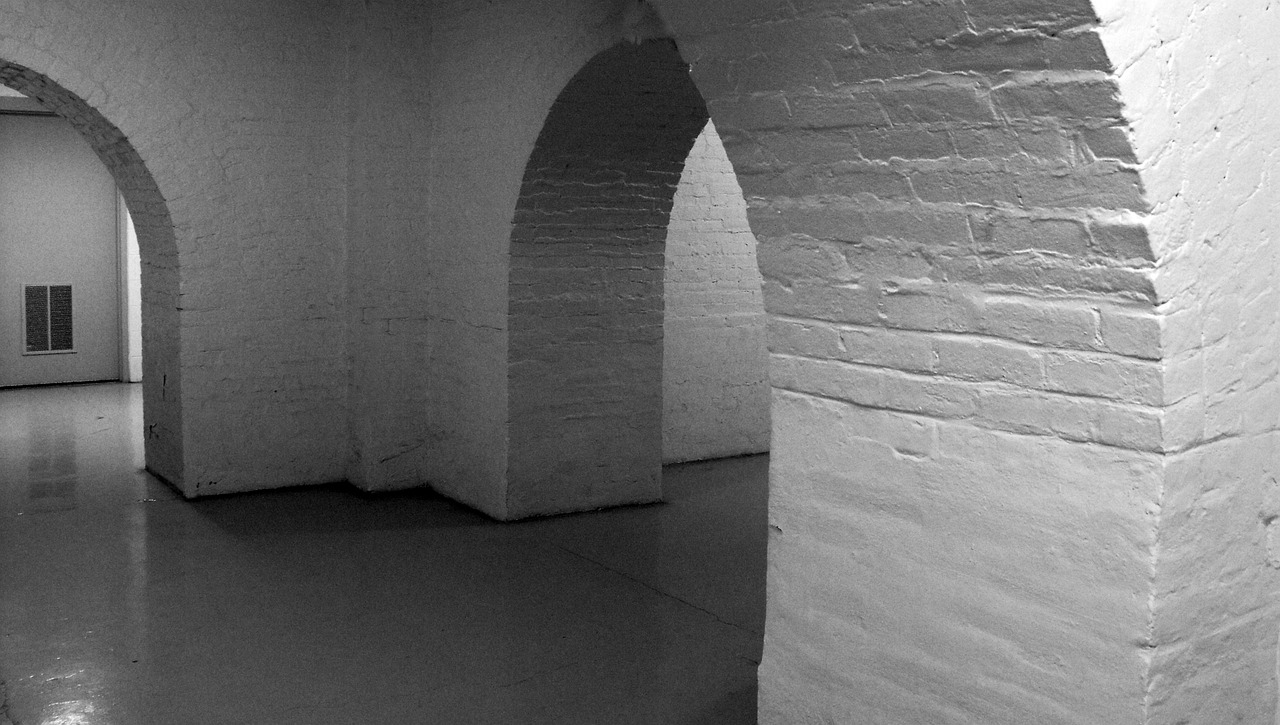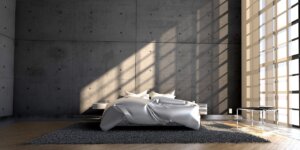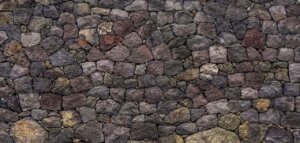Contents
Introduction
Design transcends different disciplines, playing a fundamental role in both the appearance and functionality of our surroundings. One of the most versatile and visually impactful materials utilized in various design realms is natural stone. It serves a myriad of functions and aesthetic purposes, from grand architectural structures to simple decor pieces. This article delves into the world of stone in design, offering tips and tricks that can help you beautifully integrate this timeless element into your projects effectively.
The Allure of Stone in Design
There’s a certain appeal in using stones in design; this is mostly attributable to their elegance, longevity, and natural charm. From granite, marble, travertine to slate, each stone type comes with distinctive characteristics that furnish diverse patterns, colors, and textures. These features provide designers an expansive palette of options to create unique styles that can espouse any thematic concept.
Selecting the Appropriate Stone
The first step in harnessing the potential of stone in design is judicious selection. Choosing the right stone involves careful considerations of the design’s purpose, the stone’s functional attributes, aesthetic appeal, and cost. For example, granite is perfect for kitchen countertops due to its unrivalled durability, while marble’s grandeur makes it an excellent choice for statement pieces. For exterior cladding, designers often prefer stones that can withstand harsh environmental conditions like travertine.
Playing With Colors and Textures
Stones offer tremendous versatility in colors and textures. From warm earthy tones to sleek modern hues, there’s something to complement any design scheme. In terms of texture, polished stone surfaces bring a sense of refined elegance while rough-textured ones evoke a sense of raw, rustic appeal. Experiment with different color and texture combinations to create designs that resonate with the intended mood and ambiance.
Accentuate with Light
Destined to complement one another, light and stone in design can create a mesmerizing visual effect. Use directed light sources to highlight the stone textures and color variations, creating a dramatic contrast in the space. Ambient lighting can also play a key role in defining the tone and enhancing the aesthetic values of the design.
The Charm of Stone Mosaic
Mosaics with stones can have a stunning impact on any design. Whether it’s about crafting an intricate focal point or adding a subtle touch of sophistication, stone mosaics can bring a unique sense of depth and dynamism to the design. It’s worth noting that achieving an impressive mosaic requires careful planning and precision.
Consider Sustainability
For designers seeking environmentally friendly design options, consider sustainable stone choices. Many stone manufacturers are turning towards ethical quarrying methods and recycling practices, making specific types of stone more environmentally friendly. Furthermore, stone’s robustness and longevity contribute to its sustainability.
Maintenance Aspects
While stone drops an authentic charm and elegance, it requires maintenance to preserve its beauty over time. Protection measures like sealing are a must for porous stones to prevent staining and discoloration, especially in areas prone to spillage. Regular cleaning using stone-safe products is also recommended to maintain their pristine condition.
Conclusion
Using stone in design can introduce an aspect of timeless appeal and distinctiveness that few other materials can replicate. From selection, color, and texture play to light coordination, mosaic creation, sustainability considerations, and maintenance importance, the aforementioned tips and tricks can guide you towards successful utilization of stone in your designs. Whether you’re an architect, interior designer, or a DIY enthusiast, learning to work with stone can significantly elevate your design aesthetics, making your creations not just visually captivating, but also functional and sustainable.




